Comments for Citibank’s Metaverse Report
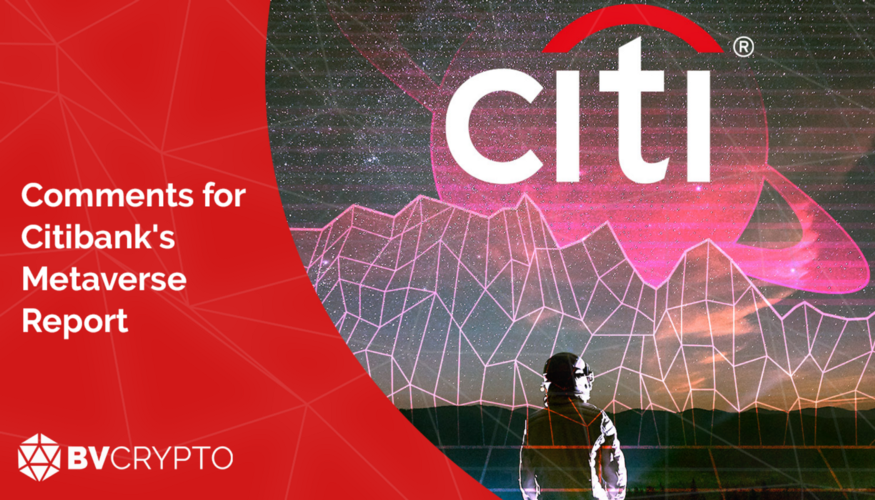
Citibank, one of the largest players in the financial world, prepared a rather detailed report on the Metaverse and NFT in March. In the report, it is mentioned what effects of metaverse may have on our lives in the short term and in the future, while a realistic approach is followed in legal and technical terms. Therefore, it can be said that the report has an objective point of view. In this article, while providing a summary of this 184-page report for you, we did not neglect to add our own comments. You can click on the link at the end of the article to read the original report. Pleasant readings…
The Information Age To The Experience Age
With the fact that Facebook has positioned the main strategy of the entire company on the metaverse, the concept of the metaverse has turned into a general topic that almost everyone is somehow aware of. What made this concept, which we can define as a virtual world in the simplest terms, popular, was that NFTs also implemented the right of ownership in the virtual world. The fact that every digital object can be owned allows the idea of living in a virtual world to be realized, as it allows everything that is digital to be translated into financial value. The fact that this dream, which is close to impossible, has turned into a realistic expectation with the NFTs has undoubtedly attracted everyone’s attention.
Today, there are various metaverse platforms and we can connect to these platforms through our browsers. We can buy parcels on platforms, create and design our own properties on these parcels, and dress our avatar with the clothes we want. Thus, the first steps were taken to start living in the metaverse universe, which we can define as a 3D social media. However, in order to live in a virtual world, users must experience that world apart from owning the assets in that world. In order for this experience process to be realistic, it is thought that VR and AR glasses will be used first. In addition to perceiving our hand-arm movements, it is expected that various apparatuses integrated into VR-AR glasses will be developed in order to appeal to our senses such as physical pain and pleasure.
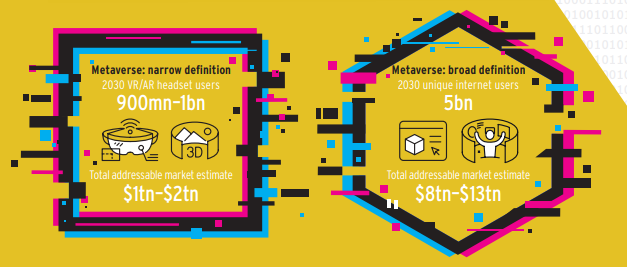
According to Citibank’s report, with the trend of metaverse the demand for VR-AR glasses is going to increase to 900 million to 1 billion users by the year 2030 is anticipated and this market is expected to reach a value of between $1–2 trillion. The figure seen on the right side of the image, in a broader perspective, indicates that the number of users of metaverse platforms will reach 5 billion in 2030 and the market is projected to reach a size of 8–13 trillion USD. Since VR-AR glasses are not mandatory for interacting with Metaverse platforms, the figures indicated on the right also include users who connect to the platform through their browser or buy and sell parcels for investment purposes without ever connecting to the platform. Looking at the high figures given in terms of user number estimation, it is clear that Citibank classifies the metaverse trend as a dominant trend in the future.
In particular, VR glasses have not received such attention as a phone or Playstation console, although they have been on the market for some time. Since the demand is not high, naturally, the applications produced specifically for VR glasses are also quite limited, which has led to the fact that this market remains in a vicious circle. The fact that Citibank has specified a user and market forecast specifically for VR-AR glasses also indicates the expected change in the market with the demand for these glasses. It can be expected that in the near future, the money and labor spent on the development of special applications, ease of use and additional devices for such glasses will increase.
The expectation that the demand for users to experience the metaverse universe will increase may mean that the ‘information age’ period in which we are is also entering a transition period. A sentence by Mike Wadhera in the report sets out a good example for naming the new process.

It is necessary not to interpret this remark of Wadhera, who said that we are moving from the information age to the ‘experience age’, as the end of the information age. The age of experience can be considered as a kind of evolved, developed state of the information age with the experience and infrastructure gained from the information age. At the same time, VR-AR glasses are not mandatory for the metaverse, Wadhera adds. As an example of this situation, we can take the news that Samsung will launch its new TVs integrated into NFT products. In the future, it seems quite possible that we will access the metaverse platforms from game consoles, phones and televisions. Metaverse platforms could be a default thing like Internet Explorer on every Windows. For example, an X-brand television can be integrated directly into the Decentraland platform, while a Y-brand television can be connected to the CryptoVoxels platform.
Different Personalities, Different Avatars
Nowadays, we are in constant communication with various social media platforms via our phones, tablets and even televisions. As a result of this, whether we want to or not, the way we all look at the events taking place in the world, our goals, expectations, and even the way we behave and judge have evolved. Global value judgments that have developed with the information age are one of the best examples of this. Common reactions to issues such as racism, sexism are examples of the positive aspects of this age as well as media disinformation, such as the idea of injecting disinfectants into the body when the coronavirus occurs, can be cited as one of the negative examples.
At this point, the way we communicate began to take place mainly in the virtual world. However, at the end of this process, it has been seen that our virtual profiles and our real-life profiles may not always be close to each other. For example, a person who is shy in real life can write aggressive comments on social media.

In the report, Yonatan Raz-Fridman’s answer to a question about avatar NFTs is very important in terms of stating that people assume different characters in real life, different in the office, different characters with their friends, also against their families. Depending on this, it is also stated on the metaverse that users will want to have multiple avatars that reflect their different personalities. In addition to that, avatars can also be used to represent an indicator of wealth, which in real life is indicated by a luxurious car or expensive clothes, accessories. Therefore, avatar NFTs can be expected to maintain their values in the future both as a new status indicator and as a way of expressing our personalities.
The Effect of the Experience Age on the Sectors
Above, we have focused on several points related to the impact of social media on people and how this effect began to move onto the metaverse. As the lines between real life and virtual life disappear one by one, it is inevitable that our learning and business habits will change accordingly.
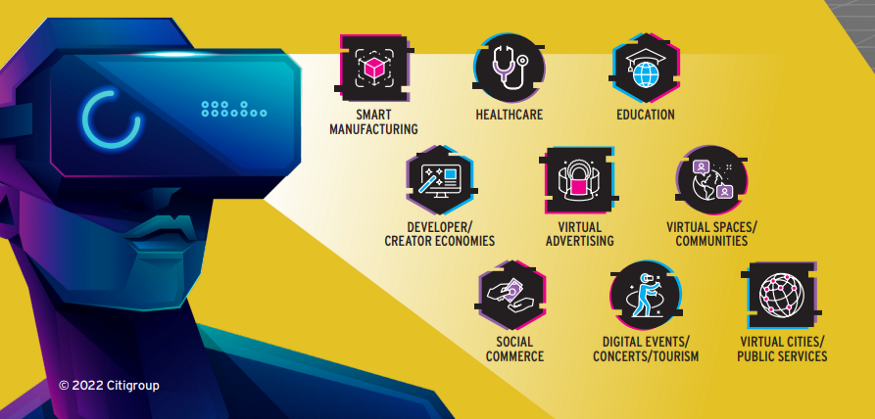
Education
With the coronavirus, many universities continued their activities by giving online courses and moved their education to a virtual environment. However, before the virus, there were platforms such as Udemy or Edx that provide online education. Therefore, the provision of education online is now almost commonplace. It should not be a surprise that this sector, which is currently accelerating towards a virtual environment, has also adapted to the metaverse platforms. It is quite likely that users who spend time in the metaverse universe with their avatars will also start receiving their online education in a 3D way through these platforms. Therefore, it can be expected that online universities will develop together with the metaverse.
The report says that one of the first steps taken in this area has taken place in the health sector. Seoul National University Bundang Hospital (SNUBH) of South Korea has already started
providing medical trainings in a virtual environment. In May 2021, the Asian Society of Cardiovascular and Thoracic Surgery (ASCVTS) conducted training of lung cancer surgery on this platform of the university in a 3D way through an online conference.

In this way, students can make rapid progress towards memorizing the operation process by conducting numerous experiments in a virtual environment. In the future, it will be an extremely important step for students to be able to conduct such trainings on the metaverse. Conducting similar applications in departments other than the medical field, where practical training is required, can save both time and cost, allowing students to study more efficiently.
Communication and behavioral characteristics
With the advent of social media platforms, all of our lives have been divided into almost two parts as before and after social media. Professional groups such as digital advertising and social media management may need to be updated according to the new behavioral characteristics that may come with ‘3D social media’, which is formed together with the metaverse. Because compared to social media, which is only included by writing comments, watching videos, or participating in group chats, it is expected that the transition to an environment where the experience is much more prominent after the metaverse will be made. Together with Metaverse, businesses that can keep up with the changes that may occur in people’s communication preferences and behavior characteristics and update their advertising strategy accordingly can be expected to gain an advantage.
The basic structure of communication on the Metaverse, of course, is created by designers who design NFT. Since the positive and negative reactions of users to digital products on the metaverse will affect the demand they create for these products, it plays a key role in determining the consumption habits of the metaverse user. The fact that designers are implementing their designs that are impossible or costly to do in real life in a virtual way can ensure that our aesthetic taste in the digital space develops or is satisfied faster than in real life.
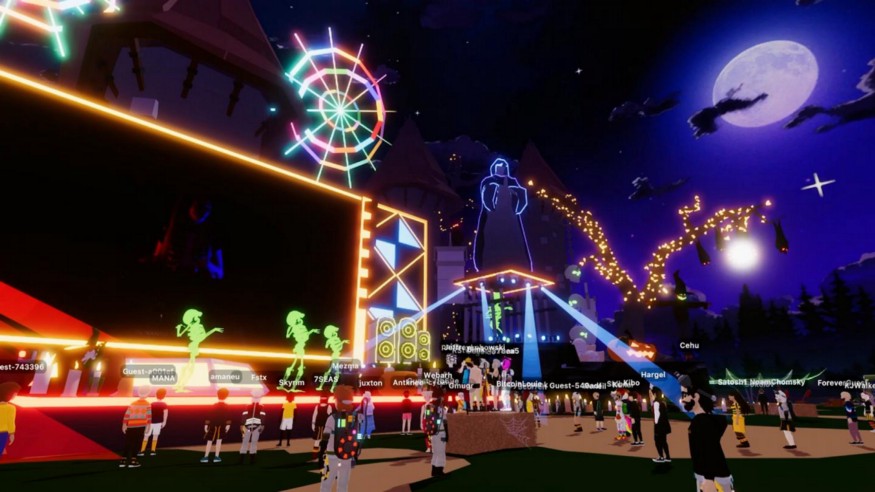
Considering such organizations as festivals held on Decentraland and the release of the Australian open tennis tournament on the metaverse, it can be safely said that with the new organizational designs, it is possible that these events will become more attractive than real life. In this case, it can be expected that users’ requests to spend time on the metaverse will increase. The fact that such work in a virtual environment with NFT products acquires an economic value, with the advent of unusual designs, can lead our lives into the universe of the metaverse faster than expected.
Official Organizations
The main reason for the rapid recognition of the metaverse universe is that companies want to use the interest in this area for advertising purposes, as well as quickly adopt the metaverse platforms. Citibank’s report also shows an example of this, for example, the fact that KB Kookmin Bank, based in South Korea, is actively providing services through its virtual branch.
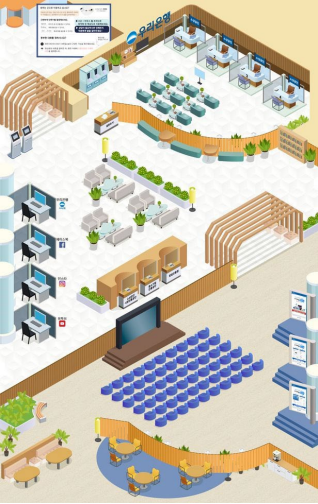
In addition to the report, it is also worth noting that Barbados has started accepting visa applications from here by opening an official consulate general on Decentraland, and companies such as Samsung, Atari have october opened branches on Decentraland.
Technical Shortcomings
Although the Metaverse goal has become a realistic expectation, the existing internet infrastructure will not yet be sufficient to achieve this goal is one of the important points mentioned in the report. In particular, in this area, which is examined under the headings bandwidth and latency, the current bandwidth, that is, the measure that shows how many transactions can be sent in milliseconds, is quite weak to meet an occurrence such as the metaverse. The shortcomings mentioned here are not for the current metaverse platforms that we can access with our browser, but for these platforms to reach their final state. In other words, not only the development of the cryptocurrency sector or designers, but also the investment that countries will make in internet infrastructures is very critical for the development of the sector. The report mentions that although improvements have been made in this area with studies such as 5G and Starlink, it will still take a long time to reach the required levels.
Regulations
We know that legal regulations for cryptocurrencies have been talked about and are beginning to be applied at a certain level. However, it is very important that this area is examined through a draft law submitted to the Parliament of the United Kingdom in the report, which specifically states that it also covers metaverse platforms.
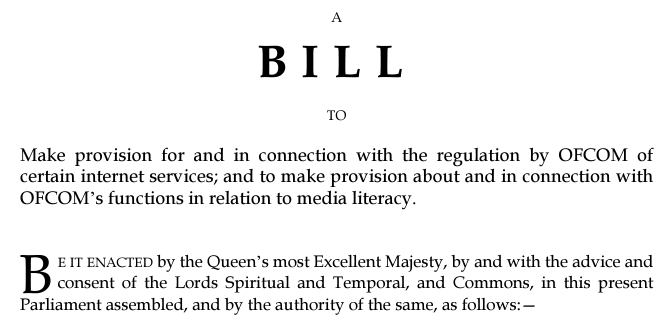
The report shows that this proposal is based on three main articles.
1. Content Control
2. Usage Rights
3. Regulator
These articles are a very convenient example in terms of their interpretation, since they are topics that other countries generally also talk about.
Looking at the content control, which is the first of these matters, it seems that it is aimed to block content that may constitute a criminal element from platforms. It can be expected that this will be perhaps the most discussed among the three articles. Because metaverse platforms will also have centralized and decentralized ones, such as cryptocurrencies. In order to control the content on decentralized platforms, it will need to be voted on in the DAO to which the platform belongs. It is also known that countries are making political printing material by abusing their powers in this direction, no matter how much no one wants to see content containing criminal elements. Therefore, there is a possibility that the vote will end negatively. Countries can be expected to try to block others while allowing metaverse platforms that are supposed to be centralized, such as Meta (formerly Facebook).
The issue of usage rights in the second article is an extremely positive development, especially in terms of the protection of NFT products and their manufacturers. Although manufacturers are already protected by current copyright laws, it is likely that an infrastructure that deals with more comprehensive and industry-specific dynamics with a law specific to NFTs will be embraced by the industry.
In the third article, the regulations on which authorized organization will conduct inspections in this area are clarified. In this regard, as in the first article, problems specific to centralized and decentralized platforms arise.
As mentioned at the beginning of the article, the report contains realistic criticisms along with very positive expectations and offers an objective perspective. It can be said that the report is quite comprehensive with the contributions of leading figures in the sector.
Please click to read the original report
Prepared by: Berkay Aybey
The opinions and comments expressed here are those of BV Crypto. BV Crypto cannot be held responsible for any financial transactions that will be made on the basis of this article. Since every investment and trading move involves risks, we recommend that you do your own research when making such decisions.